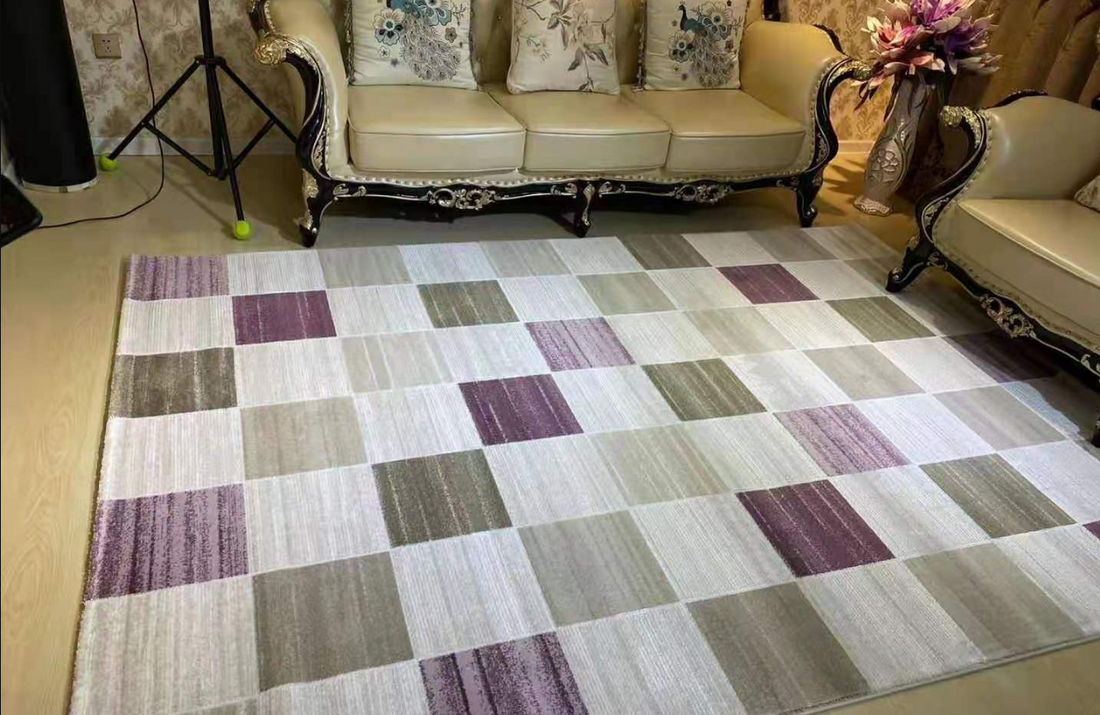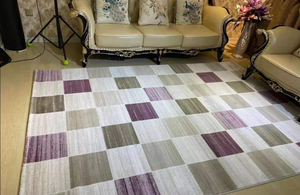
Guidelines for Carpet Inspection Methods and Standards Inspection of Warehousing and Manufacturing Facilities Logistics Service Inspection
As a floor covering with a long history, carpets possess the functions of sound absorption, heat insulation and decoration. Their quality directly affects the user experience and safety performance. During the inspection, factory verification and product certification processes of carpets, systematic inspection standards and methods must be followed. This article will provide you with a detailed analysis of the classification system, inspection standards and performance testing requirements of carpets, helping you enhance your quality control level for carpets.
I. Classification System of Carpets
Carpets can be systematically classified based on their manufacturing techniques, usage functions, and raw materials. During the inspection process, the inspection focus should be determined according to the different types.
Classified by production methods
Tufted carpet: The tufted yarn is planted onto the base fabric using steel needles, and then fixed with glue to form the final product. It has high production efficiency and is the preferred choice for commercial spaces. During inspection, attention should be paid to the grip strength of the tufted yarn and the strength of the base fabric.
Woven Wilton carpet: Composed of warp yarns, weft yarns and pile yarns, it is tightly structured. During factory inspection, special attention should be paid to checking the uniformity of weaving and the treatment of the backing fabric.
Woven Acreminster carpet: Single-layer weaving process, with detailed patterns but lower efficiency. During inspection and certification, emphasis should be placed on the accuracy of pattern alignment and color consistency.
Other categories: These include hand-woven carpets and hand-stitched carpets. During the inspection process, particular attention should be paid to the integrity of the craftsmanship and individual variations.
2. Classification by Function of Use
Commercial carpet: Suitable for public spaces such as hotels, office buildings, and medical institutions. The inspection and certification process requires enhanced tests for wear resistance, flame retardancy, and environmental protection performance.
Household carpets: Mainly include block carpets and full-padded carpets. The inspection should focus on the appearance quality and the release amount of harmful substances.
Industrial carpet: Used for interior decoration of vehicles. The inspection must strictly meet the safety and flame-retardant requirements specified for vehicle and ship use.
3. Classified by raw materials
Pure wool carpet: Made mainly from wool, the inspection should focus on the texture of the wool fibers and the pest resistance performance.
Synthetic fiber carpet: Made of materials such as nylon, polyester, and polypropylene. The inspection and certification process must include verification of the fiber composition and anti-static testing.
Plastic carpet: Made mainly of materials such as PVC. The inspection should focus on environmental protection indicators and durability.
II. Carpet Inspection Standards
1. Assurance Items
The types, specifications and materials of the carpets must comply with the design standards and the requirements of the order.
The flatness, dryness and firmness of the pavement base need to be inspected before the factory inspection.
2. Pavement Quality Inspection
Qualification Criteria:
Fixed firmly, with a smooth surface without bulges or loose edges.
The matching at the seams is precise and the seams are concealed.
The edges are neatly trimmed and the surface is clean and free from any contamination.
Excellent Criteria:
The patterns in the irregular area are straight and the cutting is precise.
The edges are neatly finished without any rough edges, and the interface is handled perfectly.
The overall foot sensation is comfortable, and it aligns perfectly with the adjacent surface.
Testing method: Conduct on-site verification through observation, touching with hands, and using specialized tools, and record the results in the inspection report.
III. Carpet Performance Testing and Certification
1. Core Testing Items
The carpet inspection and certification should include the following key performance indicators:
Physical properties: Felt density, peeling strength, dimensional stability, abrasion resistance
Safety performance: Flame retardant property (thermoplastic method at room temperature / 45° inclined surface method), anti-static capability
Environmental protection performance: Detection of formaldehyde emission, VOC content, and decomposable aromatic amines
Durability performance: Color fastness (resistance to light, resistance to friction), antimicrobial activity
2. Basis for Inspection Standards
During the inspection process, strict adherence to the latest national standards is required, mainly including:
Product standards: GB/T 11746 (Tufted fabric), GB/T 14252 (Woven fabric), QB/T 2792 (Needled fabric)
Safety standards: GB/T 11049 (combustion performance), GB 18587 (limit of harmful substances)
Special test: GB/T 26843 (peel strength), GB/T 15964 (fiber cluster density
3. Inspection Precautions during Factory Audit
Verify the type test reports and environmental certification certificates for each batch of products
Regularly sample and send for testing the production raw materials to ensure compliance at the source.
The final product inspection should be carried out in accordance with the AQL sampling standard, with a focus on the consistency of appearance and the standardization of packaging.
4. Conclusion
The carpet inspection process is a comprehensive quality control system covering raw materials, production, installation and performance. By establishing a complete inspection and certification mechanism, combined with national standards and customer requirements, it can effectively ensure the aesthetics, safety and durability of carpet products. It is recommended to retain complete inspection records during the factory inspection and inspection process, providing data support for quality traceability and continuous improvement.
分享这个商品

Guidelines for Carpet Inspection Methods and Standards Inspection of W
As a floor covering with a long history, carpets have the functions of sound absorption, heat insulation and decoration.
